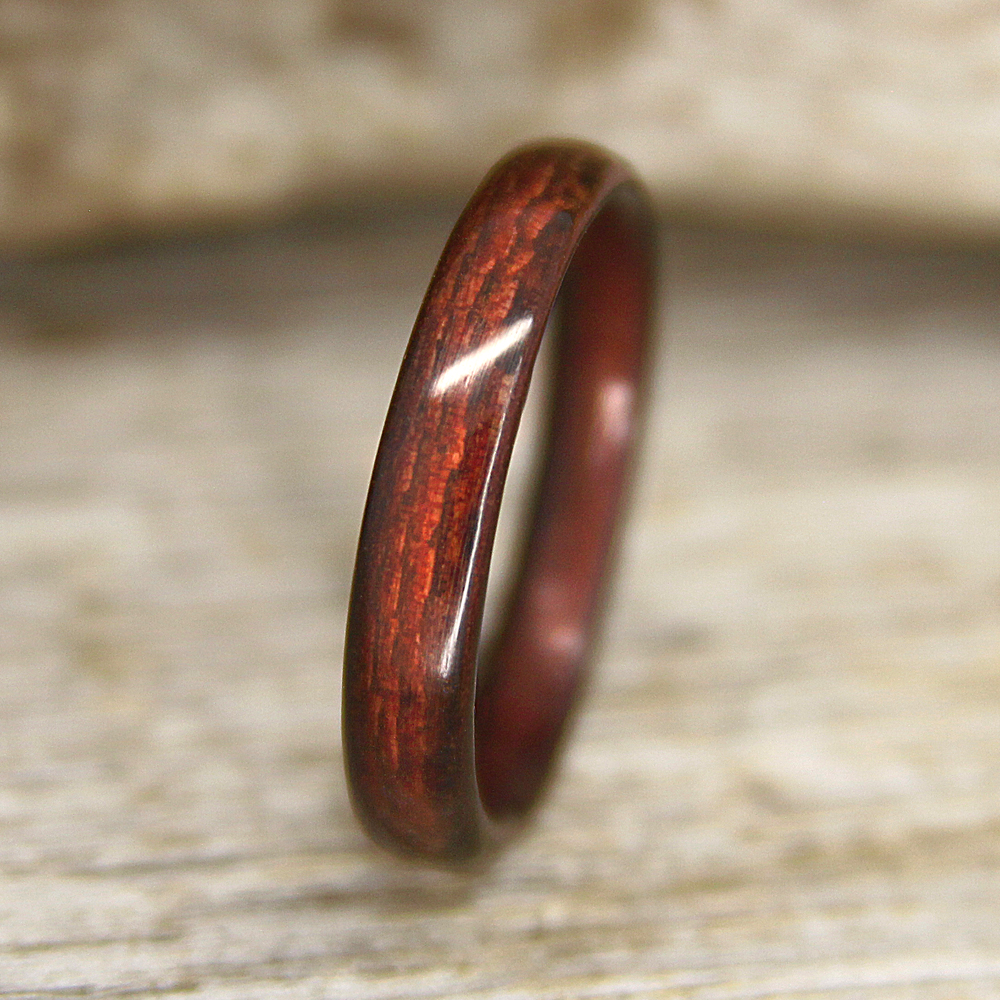
“Shou Sugi Ban” is the traditional Japanese process of charring wood in order to preserve it. This was most often done on exterior wood siding, which was commonly Cedar. Charring wooden fence post bottoms is another old technique used to help the timbers last longer, as the charred surface is more resistive to decay.
I’ve used the torching process in making wooden signs, as it brings out contrast between the heart and sap wood, and – in the case of outdoor signs – adds to the longevity. The technique is really both useful AND lends beauty to the pieces.
Inspired by the overall richness careful torching lends to pieces, I started experimenting with making Shou Sugi Ban Wooden Rings. Below is the first bentwood ring I finished using the Shou Sugi Ban technique.

In keeping with tradition, I wanted the first bentwood rings to be made from Cedar. Historically, Cedar was used in conjunction with Shou Sugi Ban for practical reasons: It is very resistive to decay. But cedar also contains a chemical component which lends itself to a very pretty reaction with the flame.
Applying the right amount of heat to a wooden ring takes some finesse, but the result is worth the attention. In addition, each piece of wood will have grain and tiny features which react differently to the flame. For example, this ring was cut from the very same piece of wood as the wooden ring above, but has a different look.

We are excited to offer “Torched Cedar” Bentwood Rings for sale! Keep in mind, we can apply the torch to other wood species as well. If you are interested in a torched wood ring, feel free to contact us!